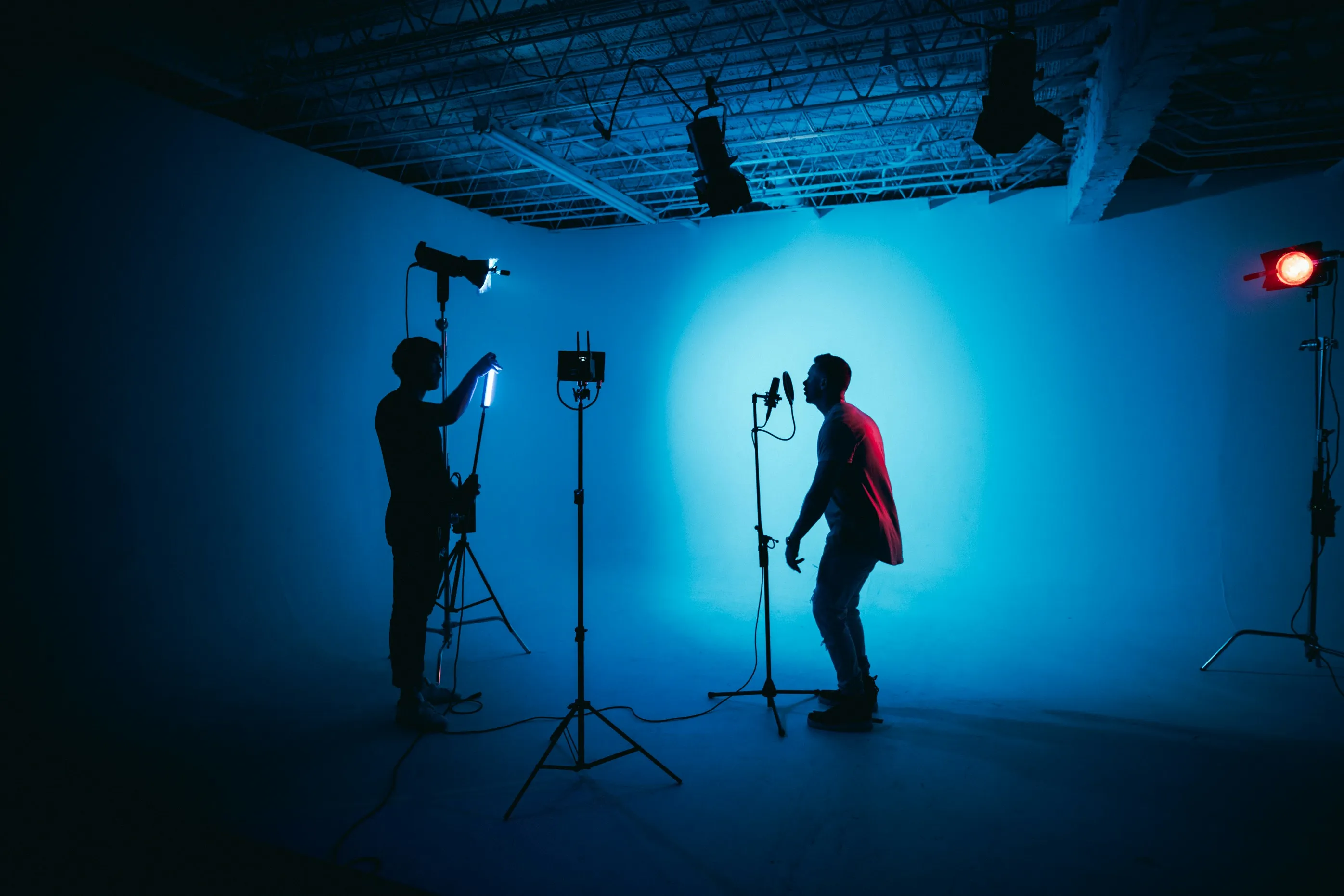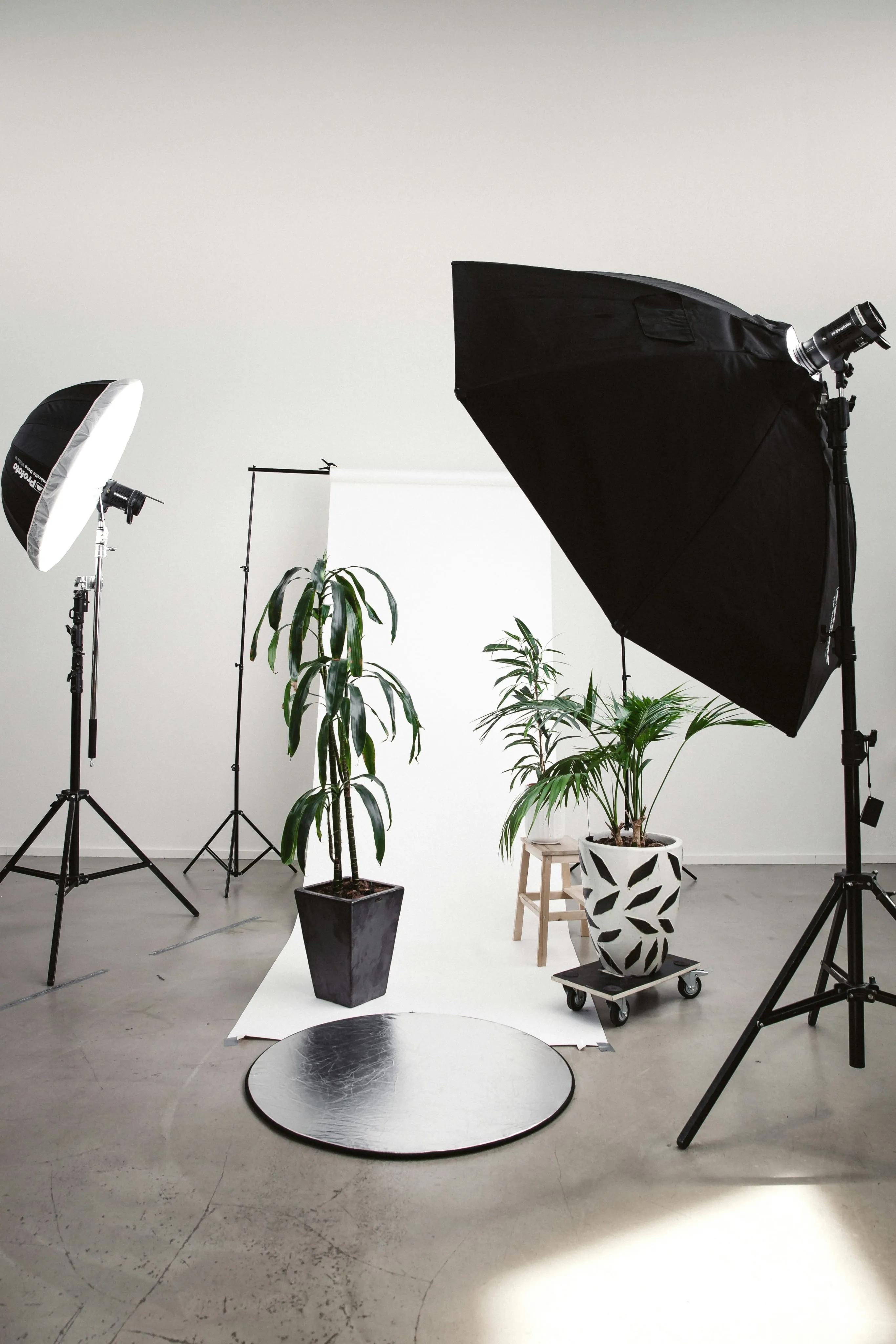In The Spotlight: Sliders
Blog/Article
.cleuzwjmb00tg3b7r3vv898aldepositphotos54716043l1024x6830fb2ff3ba46b47651591c379ba5fe5b69e0178899d6c134ba33453b9aaa7ae9e-3dcf8aa2ad94c9b5e2521db8b6c21c6886facdfa8e19a32886018a5e392dd50b.webp)
In The Spotlight: Sliders
Sliders
In today/s blog, we’re discussing the ups and the downs of the slider. Many film and video productions in Barbados and across the globe incorporate a slew of steady moving shots to add dynamism to their productions. But to achieve these, our hands require some level of assistance. If you’re going for the Jason Bourne in the Bourne Ultimatum series mise-en-scene with those dizzying, but pleasurable style of cinematic chaos for the car chases, then the slider is not the tool for you. Today we’re focussing on the style of cinematography that achieves the cinematic glory through perfectly executed railed movements made possible by the ubiquitous slider!
WHAT IS A SLIDER REALLY?
Put simply, sliders are railed mechanisms which guide your camera along a track, in front of, behind, along or around the subject. The end result is a sailing cinematic shot that cannot be replicated by the hands of us mere mortals. Most sliders are utilised for vertical or horizontal slides along a straight line, while others have angled or curved functions that allow for a semi-circular motion around your subject or angled motion across your subject. This works even better with an object in the foreground on the edge of the frame that helps increase the parallax effect of the movement, as the slider moves with your subject in frame.
TYPES OF SLIDERS?
There are two types and therefore two ways to operate a slider: motorised sliders or manual sliders:
1. Manual sliders, as the name suggests, allows the user to manually control the speed and pan motion with their hands, it lends itself to more human error, but also easier to reset the shot and go again if the previous one was not perfect.
2. Motorized sliders allow the user to set the speed and pan to their liking and it will then automatically go through the motion itself, the benefit of this is that the movement is perfectly repeatable or can go at a constant speed throughout the entirety of the slide without the micro-variations of speed we cause when done manually.
Motorised sliders don’t just stop there when it comes to putting us little human people to shame, though. With the different operating modes that comes standard with most motorised sliders; you can get beautiful time-lapse shots or get creative with overlaying different shots into one layered master shot, and still with movement.
LIMITATIONS?
The downside of the slider over other equipment that can be used for smooth motion such as a Jib, gimbal, or a drone is that they allow only for a point A to point B kind of functionality, and are not easily pivotal to a different angle or orientation if the need arises for a change of direction.
CONCLUSION:
Even with the mentioned limitation, they are worth their weight in gold because you don’t have to worry about your two left feet tripping you up during your next project if your slider is taking on the job of smooth motion on your behalf.
.SummitRentalsDoorSign-60e75dc621918dc226f5df1ea9680c16e3aa1aa8bc81816986015b1722eb4be3.png)

